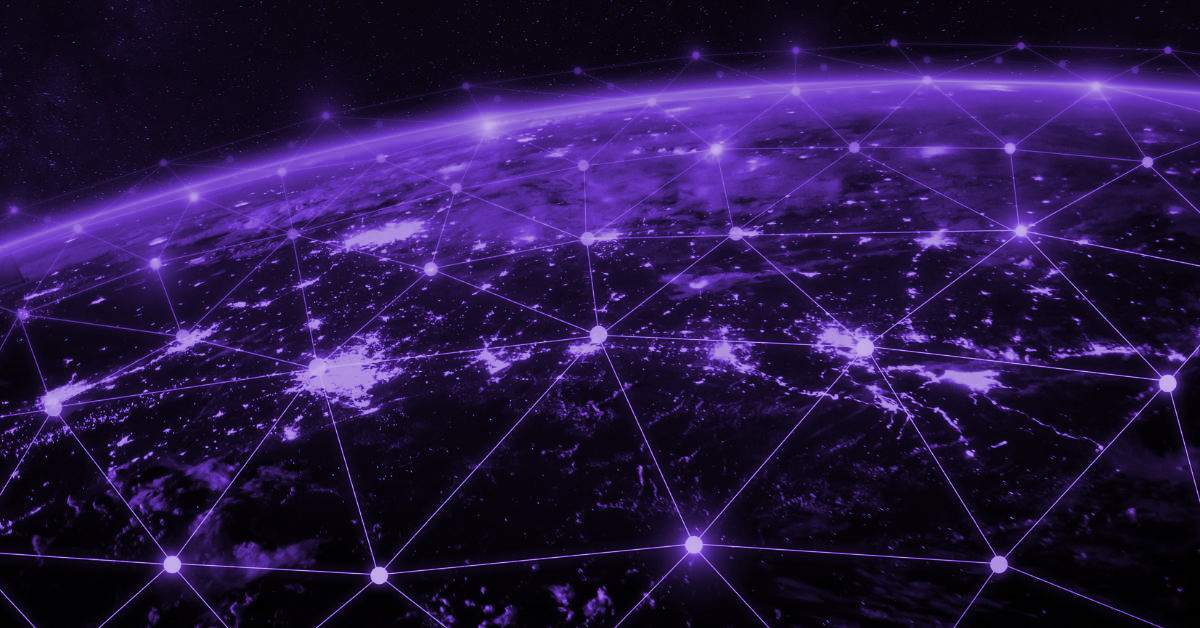“How to Win the Future” Knocks it out of the Park
It’s an opportunity for a reset that allows us to obtain new benefits, while solving some of the thorniest problems arising out of the disruptive technologies of the past.
Reading through venture capital company Andreesen Horowitz’s (a16z’s) “How to Win the Future: An Agenda for the Third Generation of the Internet“ was eye-opening and inspiring.
It’s not some vague, pie-in-the-sky idea. It’s a practical framework to help US policymakers think about how to foster competition and innovation through emergent technologies. It should probably be required reading for every elected official. Specifically, it focuses on these decentralized web3 technologies:
- Blockchain
- Cryptography
- DAOs
The key components of this thought-provoking report include:
- A baseline web3 overview, distinguished from web2.
- A 13-point suggested agenda for policymakers.
- Thoughts on how web3 can transform financial, digital, and privacy infrastructure for the better.
- A nod to DAOs foretelling the future of participatory governance.
- A summary of the opportunity and key questions moving forward.
We’ve all had a rough couple of years, partially because most government bodies didn’t have a proactive pandemic plan.
Let’s learn from this — we are at a unique inflection point with web3 technology and have the opportunity to be proactive.
This report offers a thoughtful point of view on how web3 technologies can benefit every citizen in terms of prosperity, connectivity, innovation, privacy, and governance.
Key Takeaways
These are personal, so you may come away from reading this with slightly different key ideas.
- We at a unique moment in time when web3 technologies are converging to shape an emerging paradigm.
- This paradigm will be founded as a technological infrastructure, but it’s later-order effects will be social, governance-oriented, and cultural.
- If you think the web2 Internet created innovation and prosperity, hold on to your hat.
- Our governments really need to be proactive about this, lest we be stuck trying to shoehorn new technologies into old, stodgy rules and regulations that (at best) are irrelevant, or (at worst) stifle development and growth.
- If policymakers can step to it, we face an incredible opportunity of improving the quality of life of the human race by enabling better exchange of value, ideas, and innovation.
For Contrast: Two Recent Government Slogans
The problem with “Make America Great Again” isn’t partisan.
The problem is that its core suggestion is looking backward.
While there are great lessons that we can learn from history, and many of the values that shaped America are all good and well, without the context of a real vision for the future this rear-view mirror approach isn’t set up for success.
And “Build Back Better’ Only Gets Us to the Present
Also not a partisan critique, just a logical one. This slogan says “let’s get us back to where we were, with some improvements.”
Not exactly a fist-pumping battle cry. We can do so much better than that.
Andreesen Horowitz’s “How to Win the Future: An Agenda for the Third Generation of the Internet” fills a void from the perspective of entrepreneurial professionals who are eyeballs-deep in the latest technology as a matter of purpose, passion, and prosperity. So… you know, they’re steeped in the tea and know how to read the tea leaves.
Read the Report, It’s Worth It

We believe it’s time for an affirmative vision of what we do want. As a society, we can decide how we want to use these tools, establish the principles that should guide our innovation, and spell out the role these technologies could play in improving people’s lives.
The technology will be what we make it.
For more insights from Andreesen Horowitz, you can find their website at www.a16z.com, or follow them on Twitter.
I hope you find the possibilities explored in this report as hopeful as I did.
And hats off to the research team who compiled the report.


